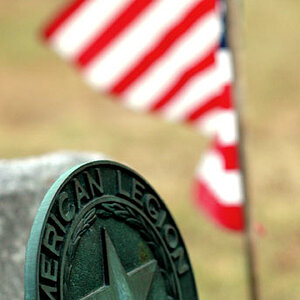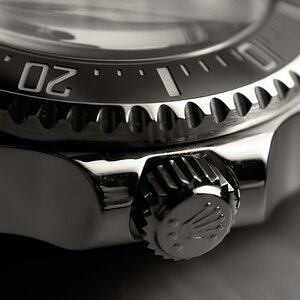PlasticSpanner
TPF Noob!
- Joined
- May 1, 2005
- Messages
- 4,125
- Reaction score
- 51
- Location
- Cheshire, England
- Website
- www.cheshirecatcarclub.info
- Can others edit my Photos
- Photos NOT OK to edit
When I raise the enlarger head to create a crop when printing, do I need to adjust the f stop setting at all and what effect will changing it cause?
Thanks all!:thumbup:
Thanks all!:thumbup:



![[No title]](/data/xfmg/thumbnail/41/41821-2e92de82ffc4cd2d520a8fa10fb8b6a5.jpg?1619739905)


![[No title]](/data/xfmg/thumbnail/35/35266-f58b019dadff6920c09071a847f052c3.jpg?1619736970)





![[No title]](/data/xfmg/thumbnail/33/33029-f4556b4c89cecbad12ebe6b782a51ef5.jpg?1619735843)
![[No title]](/data/xfmg/thumbnail/40/40307-b3813381d3c1ef8282c72905405b50fe.jpg?1619739413)